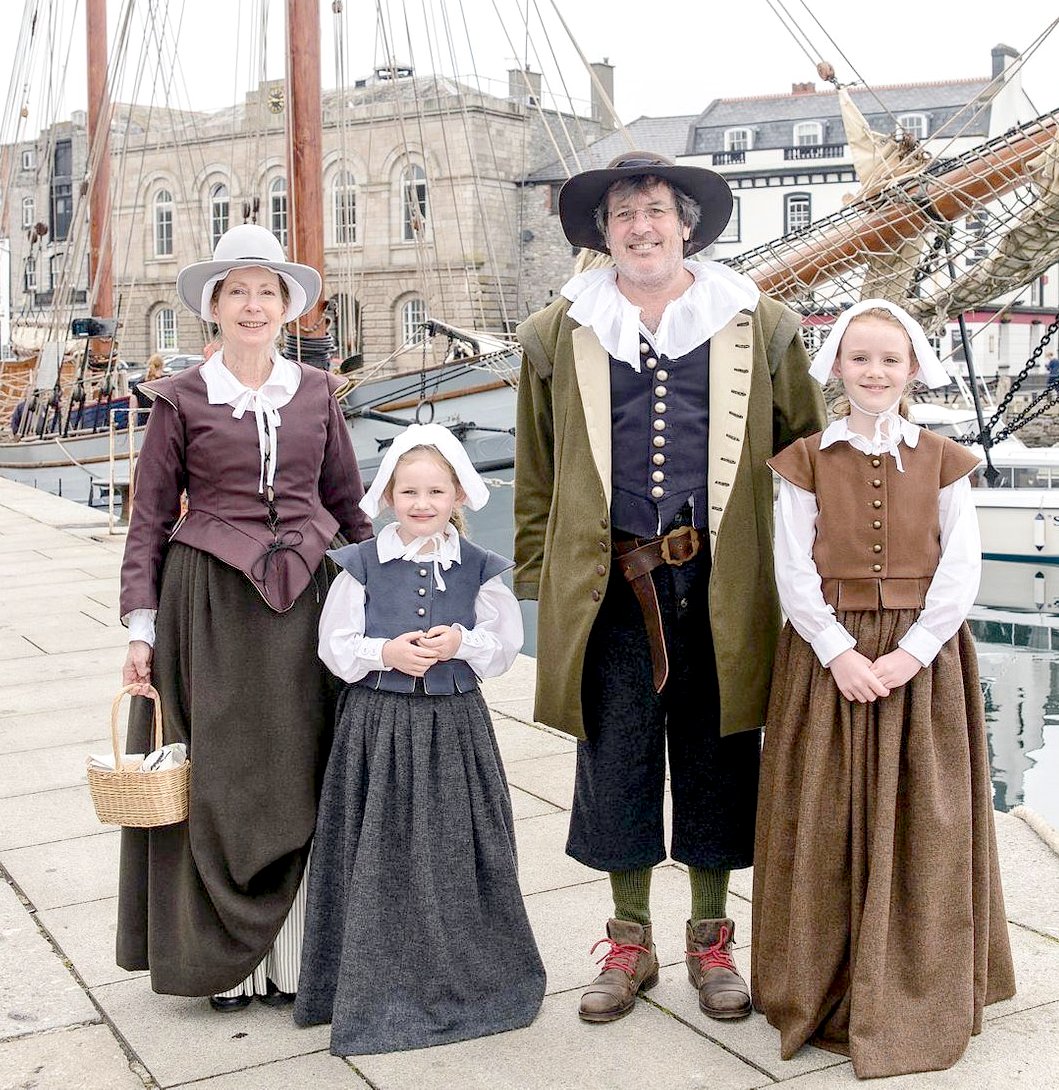|
SEPARATISTS & PURITANS
Please use our A-Z INDEX to navigate this site or return HOME
|
|
|
In the 1534 Act of Supremacy, Henry VIII created the Church of England. Henry's partiality to the lopping of heads, at the rate of 4.5 for every day of his rule, failed to make headlines at the time. Probably because any sign of disagreement was met with the axe. You can well imagine how the Separatists and Puritans would have been treated, had Henry caught them.
Most Pilgrims had little trouble integrating into this dynamic, multicultural society, and as a result their leaders feared that the group would eventually lose its religious and cultural identity. The establishment of a private colony to which they could retreat and where they could sustain their pure faith community became an increasingly enticing solution. Moreover it was economically attractive for many to leave the arduous textile industry, and build up a new life and home by cultivating new lands in North America.
Many councils in England today, still persecute planning dissidents, those who do not conform and will not pay what they consider to be outrageous bribes and taxes. One notable council is Wealden in Sussex, though other heavy handed local authorities are frequently labeled Gestapo Councils by the media. Sadly, the USA is no longer the land of the free, with many of their agencies, FBI, Homeland Security, Inland Revenue Services, making life difficult for their citizens. History repeats itself.
EMIGRATION
LEIDEN, THE NETHERLANDS
At the time of the Separatists’ arrival in the Netherlands, the so-called Twelve Years’ Truce had just been signed. The truce made a temporary end to the hostilities between Spain and the Netherlands, and marked the start of a relatively calm period. Following a disagreement with the John Smyth group, the Scrooby group moved from Amsterdam to Leiden. Their pastor, John Robinson, sent a message to Leiden, requesting to admit some hundred men and women into the city. The city authorities agreed to welcome them, on the condition that they would abide by the rules.
The Pilgrims
carried over a number of customs from Leiden. One of these customs is civil marriage. In the early days, they had no-one who could conduct church weddings, so civil marriage was a good alternative. They also adopted Leiden’s administrative structure of small, self-regulatory districts. Last but not least, it is believed that the first
Thanksgiving was inspired by the annual “Leidens Ontzet” celebration.
SHARING FOOD - “Enemies could sit down together and meet over food.” This painting depicts the first Thanksgiving in November 1621, a celebration of a bumper harvest and acceptance of a different diet in a new land. To the Wampanoag, the celebration is actually a time of mourning, for when the settlers almost wiped out their tribe.
THE BOAT THAT GAVE HOPE FOR A NEW LIFE
On 16 September 1620, the Mayflower set sail with approximately 30 crew and 102 passengers on board, alongside the Speedwell. Almost half of them were Separatists, or “Saints”. They had chosen this name to emphasize the fact that they were part of a specific group with particular views. All others were referred to as “Strangers”, as this is how the Saints regarded anyone who was not part of their group, and did not understand their faith. The 'Strangers' were a group of skilled workers who were sent along by the investors to help build the colony.
The original wooden 30-meter Mayflower took 66 days to carry the Pilgrims, Founding Fathers from the U.K. to what is now the U.S.
LINKS, CONTACTS & REFERENCE
https://history.howstuffworks.com/historical-figures/10-henry-viii-executions.htm
|
|
|
Please use our A-Z INDEX to navigate this site
This website is Copyright © 2021 Jameson Hunter Ltd
|


